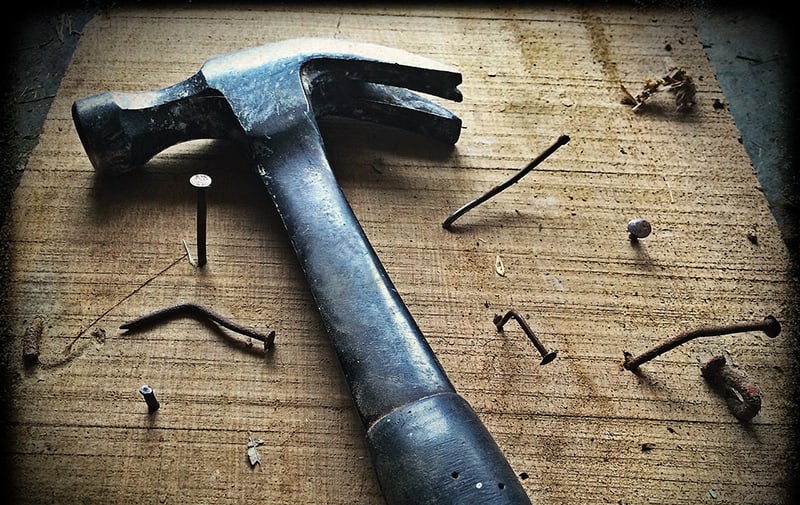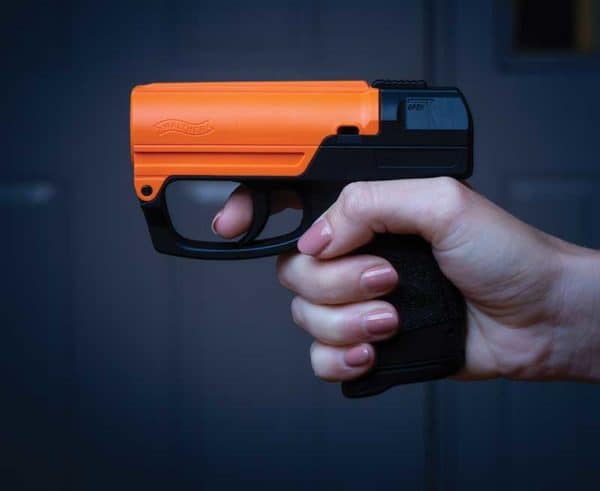How Much Force Is Really Needed?
Force Continuum
“If the only tool you have is a hammer, all problems begin to look like nails.”
— Author unknown
I spoke with a group of friends about responding to hostile situations and was amazed at the number of them who hadn’t received any training in handling situations other than with a gun. It sent me looking at pictures of EDC items posted online. I can now confidently report we have the deadly force portion covered. A handgun, knife and a cellphone are in almost every kit, but it is rare to see intermediate force devices such as pepper spray, expandable batons, stun guns, etc. All of this reminded me of training I received as a young police officer on the “Force Continuum.”
A force continuum is a graph comparing the amount of force used by a suspect to the amount used by police. The X-axis and Y-axis are both different levels of force. The difference is one is for the suspect while the other is for the police. The diagram below is from the Dallas Police Department.*
The idea is you use the lowest level of force needed to handle the situation. Usually, this will match the level the suspect has chosen. The overall goal is always to de-escalate the situation, but police officers can’t afford to lose a battle so they must be prepared to step up one level from wherever the suspect is. The important part is the suspect controls the force level — the officer must meet or exceed it. While many situations escalate up the continuum one step at a time, they could begin anywhere.
"What Does This Have To Do With Me?"
I can hear the comments now: “We are not police officers, so what does this have to do with me?”
The truth is it applies to everyone who chooses to be prepared for a violent encounter. If you only have a gun or knife everything starts to look like a target. I’ve worked for a police department that only issued handguns. If the officer had to escalate above a fistfight, his only option was deadly force. Fortunately, none of the officers had to face this choice during that time, but I’ve often wondered how it would play out in the ensuing court battle afterward. I think the lack of any intermediate weapons would cost the department a lot of settlement money. The same can apply to the concealed carry holder. Do we have the necessary training and tools to handle a situation that doesn’t yet justify deadly force?
I have studied martial arts at various points in my life. Every one of the dojos emphasized the need and desire to de-escalate situations and avoid fighting while also practicing in case you get into a scuffle.
De-Escalation Skills
I’ve also taken courses about how to talk to people to diffuse situations before they get out of hand. If you’ve not had this type of training, I highly recommend picking up a book such as Verbal Judo by Dr. George Thompson and Jerry Jenkins. The lessons taught resonate through all aspects of life, but particularly come in handy in confrontations. Dr. Thompson also offers classes for civilians if you prefer that method of learning. I am living proof the techniques work. I’ve used them innumerable times to gain compliance from unruly subjects. I’ve also witnessed my sergeant use the methods to diffuse what almost certainly would have been a deadly-force situation. Why do I recommend this so certainly? Because most of us can’t carry a duty belt with OC spray, an expandable baton and a TASER. Add to this the majority of concealed carriers have had no type of training to fight. Their handgun and knives are their go-to items.
I encourage everyone to learn these de-escalation skills. It is far better to avoid a fight than to live with the consequences. If you must use deadly force, do so, but if there is another route available, we owe it to our would-be target and to ourselves to seek it first. Deadly-force encounters are life-altering events even for the survivors. Simply look at the number of police who resign within two years of an encounter. The last numbers I saw were in the 30–50% range. They just can’t cope with having to take a life.
We always say to prepare for the worst while hoping for the best. I say prepare for the best as well.
* (https://dallaspolice.net/reports/Shared%20Documents/Use-of-Force-Report.pdf)





